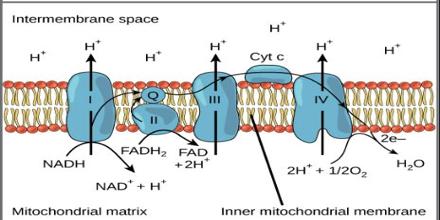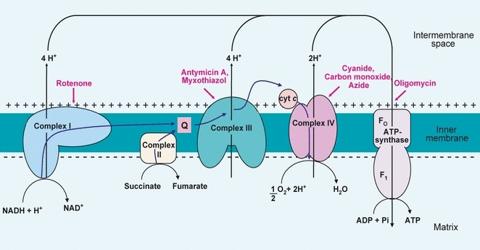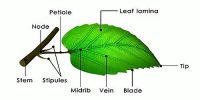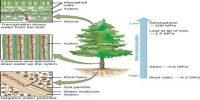Electron transport system or Oxidative phosphorylation:
Oxidative phosphorylation is conceptually simple and mechanistically complex. It is seen in the light reaction of photosynthesis that the chlorophyll excited by absorbing photon particles of sun light gibes out high energy electron and at last through a series of electron camera one after another it comes back to chlorophyll by losing energy. These electron carriers are combinedly said to be electron transport system. It is the culmination of a series of energy transformations that are called cellular respiration or simply respiration in their entirety. Oxidative phosphorylation is the process where electron transport from the energy precursors from the citric acid cycle leads to the phosphorylation of ADP, producing ATP. This also occurs in the mitochondria.

Position: These carriers are arranged orderly on the membrane of thylakoids of chloroplast. The carriers are as follows:
- Pheophytin- Modified chlorophyll, a molecule
- Plastoquinone (PQ)
- Cytochrome (Cyt)
- Plastocyanin (PC)
- Ferrodoxin (Fd)
- NADP reductase (FAD)















